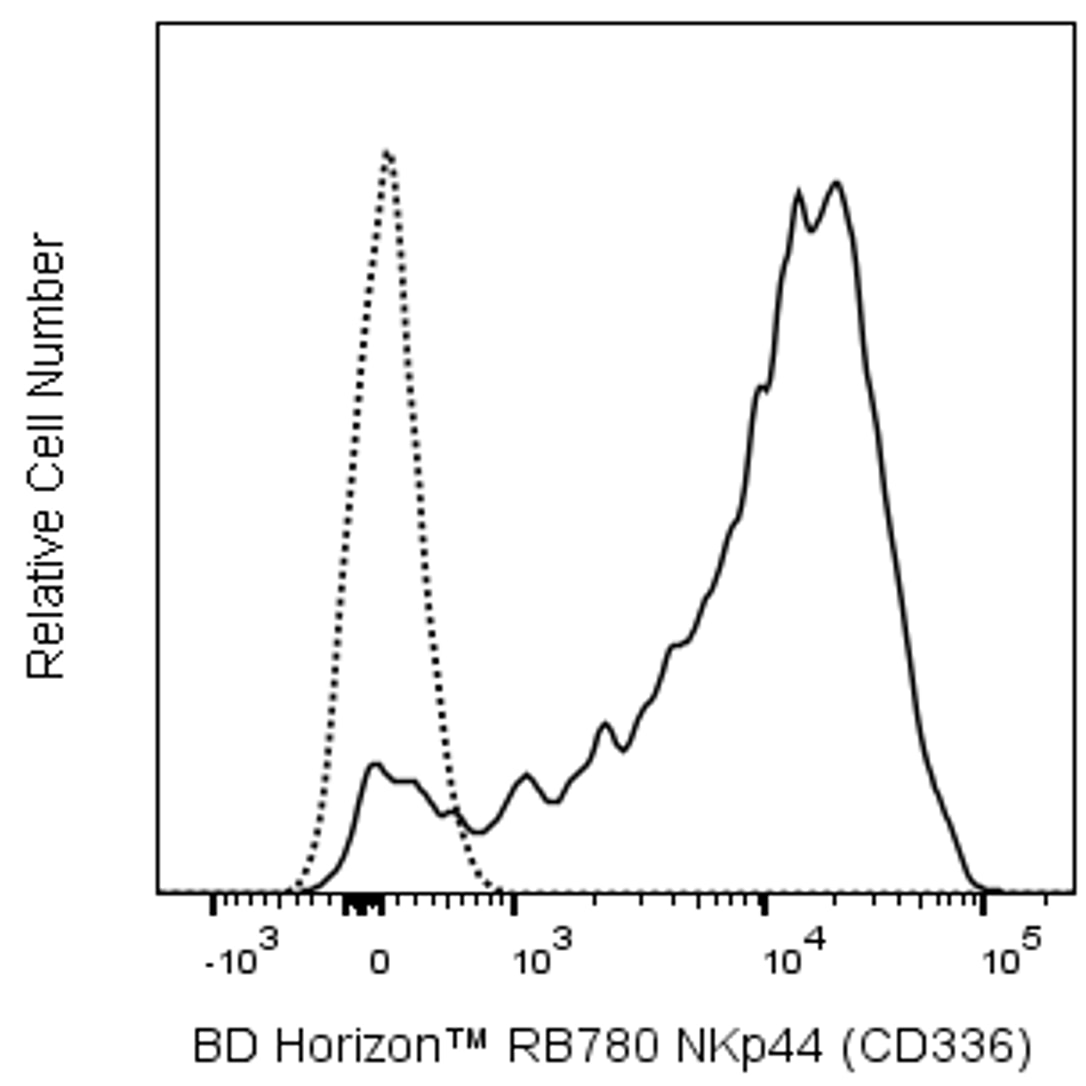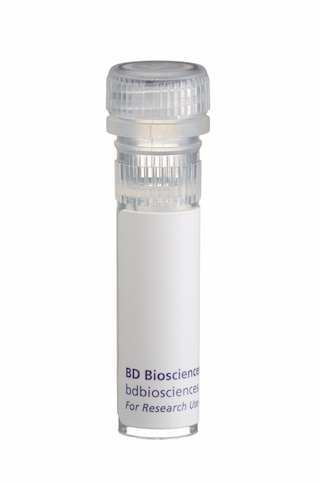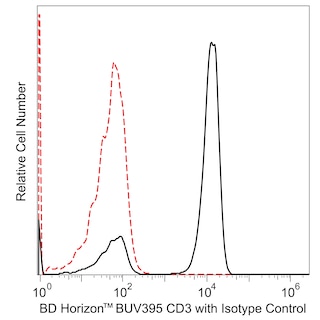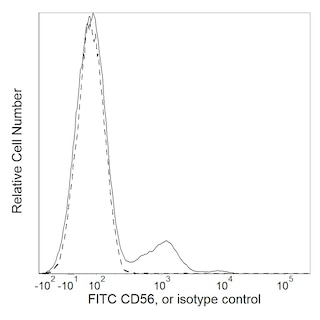-
抗体試薬
- フローサイトメトリー用試薬
-
ウェスタンブロッティング抗体試薬
- イムノアッセイ試薬
-
シングルセル試薬
- BD® AbSeq Assay
- BD Rhapsody™ Accessory Kits
- BD® OMICS-One Immune Profiler Protein Panel
- BD® Single-Cell Multiplexing Kit
- BD Rhapsody™ TCR/BCR Next Multiomic Assays
- BD Rhapsody™ Targeted mRNA Kits
- BD Rhapsody™ Whole Transcriptome Analysis (WTA) Amplification Kit
- BD® OMICS-Guard Sample Preservation Buffer
- BD Rhapsody™ ATAC-Seq Assays
- BD® OMICS-One Protein Panels
-
細胞機能評価のための試薬
-
顕微鏡・イメージング用試薬
-
細胞調製・分離試薬
-
- BD® AbSeq Assay
- BD Rhapsody™ Accessory Kits
- BD® OMICS-One Immune Profiler Protein Panel
- BD® Single-Cell Multiplexing Kit
- BD Rhapsody™ TCR/BCR Next Multiomic Assays
- BD Rhapsody™ Targeted mRNA Kits
- BD Rhapsody™ Whole Transcriptome Analysis (WTA) Amplification Kit
- BD® OMICS-Guard Sample Preservation Buffer
- BD Rhapsody™ ATAC-Seq Assays
- BD® OMICS-One Protein Panels
- Japan (Japanese)
-
Change country/language
Old Browser
Looks like you're visiting us from United States.
Would you like to stay on the current country site or be switched to your country?
BD Horizon™ RB780 Mouse Anti-Human NKp44 (CD336)
クローン p44-8 (RUO)

Multiparameter analysis of NKp44 (CD336) expression on Stimulated and Unstimulated Human NK cells. Human peripheral blood mononuclear cells (PBMC) were cultured without (Unstimulated; dashed line histogram) or with Recombinant Human IL-2 protein (Cat. No. 554603; Stimulated; solid line histogram) for 7 days at 37°C. The cells were then stained with BD Horizon™ BUV395 Mouse Anti-Human CD3 (Cat. No. 563546), FITC Mouse Anti-Human CD56 (NCAM-1) [Cat. No. 562794], and BD Horizon™ RB780 Mouse Anti-Human NKp44 (CD336) [Cat. No. 569203/569204] antibodies. The fluorescence histograms showing NKp44 (CD336) expression were derived from CD3-negative CD56-positive gated cells with the forward and side-light scatter characteristics of viable (DAPI-negative) lymphocytes. Flow cytometry and data analysis were performed using a BD LSRFortessa™ X-20 Cell Analyzer System and FlowJo™ software.

.png)
Multiparameter analysis of NKp44 (CD336) expression on Stimulated and Unstimulated Human NK cells. Human peripheral blood mononuclear cells (PBMC) were cultured without (Unstimulated; dashed line histogram) or with Recombinant Human IL-2 protein (Cat. No. 554603; Stimulated; solid line histogram) for 7 days at 37°C. The cells were then stained with BD Horizon™ BUV395 Mouse Anti-Human CD3 (Cat. No. 563546), FITC Mouse Anti-Human CD56 (NCAM-1) [Cat. No. 562794], and BD Horizon™ RB780 Mouse Anti-Human NKp44 (CD336) [Cat. No. 569203/569204] antibodies. The fluorescence histograms showing NKp44 (CD336) expression were derived from CD3-negative CD56-positive gated cells with the forward and side-light scatter characteristics of viable (DAPI-negative) lymphocytes. Flow cytometry and data analysis were performed using a BD LSRFortessa™ X-20 Cell Analyzer System and FlowJo™ software.

Multiparameter analysis of NKp44 (CD336) expression on Stimulated and Unstimulated Human NK cells. Human peripheral blood mononuclear cells (PBMC) were cultured without (Unstimulated; dashed line histogram) or with Recombinant Human IL-2 protein (Cat. No. 554603; Stimulated; solid line histogram) for 7 days at 37°C. The cells were then stained with BD Horizon™ BUV395 Mouse Anti-Human CD3 (Cat. No. 563546), FITC Mouse Anti-Human CD56 (NCAM-1) [Cat. No. 562794], and BD Horizon™ RB780 Mouse Anti-Human NKp44 (CD336) [Cat. No. 569203/569204] antibodies. The fluorescence histograms showing NKp44 (CD336) expression were derived from CD3-negative CD56-positive gated cells with the forward and side-light scatter characteristics of viable (DAPI-negative) lymphocytes. Flow cytometry and data analysis were performed using a BD LSRFortessa™ X-20 Cell Analyzer System and FlowJo™ software.
.png)

BD Horizon™ RB780 Mouse Anti-Human NKp44 (CD336)
.png)
Regulatory Statusの凡例
Any use of products other than the permitted use without the express written authorization of Becton, Dickinson and Company is strictly prohibited.
Preparation and Storage
推奨アッセイ手順
BD® CompBeads can be used as surrogates to assess fluorescence spillover (compensation). When fluorochrome conjugated antibodies are bound to BD® CompBeads, they have spectral properties very similar to cells. However, for some fluorochromes there can be small differences in spectral emissions compared to cells, resulting in spillover values that differ when compared to biological controls. It is strongly recommended that when using a reagent for the first time, users compare the spillover on cells and BD® CompBeads to ensure that BD® CompBeads are appropriate for your specific cellular application.
Product Notices
- When using high concentrations of antibody, background binding of this dye to erythroid fragments produced by ammonium chloride-based lysis, such as with BD Pharm Lyse™ Lysing Buffer (Cat. No. 555899), has been observed when the antibody conjugate was present during the lysis procedure. This may cause nonspecific staining of target cells, such as leukocytes, which have bound the resulting erythroid fragments. This background can be mitigated by any of the following: titrating the antibody conjugate to a lower concentration, fixing samples with formaldehyde, or removing erythrocytes before staining (eg, gradient centrifugation or pre-lysis with wash). This background has not been observed when cells were lysed with BD FACS™ Lysing Solution (Cat. No. 349202) after staining.
- Please refer to www.bdbiosciences.com/us/s/resources for technical protocols.
- Please observe the following precautions: Absorption of visible light can significantly alter the energy transfer occurring in any tandem fluorochrome conjugate; therefore, we recommend that special precautions be taken (such as wrapping vials, tubes, or racks in aluminum foil) to prevent exposure of conjugated reagents, including cells stained with those reagents, to room illumination.
- Caution: Sodium azide yields highly toxic hydrazoic acid under acidic conditions. Dilute azide compounds in running water before discarding to avoid accumulation of potentially explosive deposits in plumbing.
- This reagent has been pre-diluted for use at the recommended Volume per Test. We typically use 1 × 10^6 cells in a 100-µl experimental sample (a test).
- For fluorochrome spectra and suitable instrument settings, please refer to our Multicolor Flow Cytometry web page at www.bdbiosciences.com/colors.
- An isotype control should be used at the same concentration as the antibody of interest.
- Human donor specific background has been observed in relation to the presence of anti-polyethylene glycol (PEG) antibodies, developed as a result of certain vaccines containing PEG, including some COVID-19 vaccines. We recommend use of BD Horizon Brilliant™ Stain Buffer in your experiments to help mitigate potential background. For more information visit https://www.bdbiosciences.com/en-us/support/product-notices.
- Please refer to http://regdocs.bd.com to access safety data sheets (SDS).
- Cy is a trademark of Global Life Sciences Solutions Germany GmbH or an affiliate doing business as Cytiva.
- For U.S. patents that may apply, see bd.com/patents.
関連製品






The p44-8 monoclonal antibody specifically binds to the natural killer (NK) cell receptor, NKp44, which is also known as CD336, Natural cytotoxicity triggering receptor 2 (NCR2), or Lymphocyte antigen 95 homolog (Ly95). NKp44 is a ~44 kDa type I transmembrane protein that belongs to the natural cytotoxicity receptor (NCR) family within the immunoglobulin superfamily. NKp44 is expressed by activated NK cells. NKp44 serves as an activating receptor that can enhance NK cell mediated lysis of target cells including tumor cells and virus-infected cells. Killer activating receptor associated protein (KARAP), which is also known as DAP12, is an intracellular adaptor protein that can associate with the intracellular region of NKp44. DAP12 can then function to help transmit activating signals through its immunoreceptor tyrosine-based activation motif (ITAM).

Development References (4)
-
Byrd A, Hoffmann SC, Jarahian M, Momburg F, Watzl C. Expression analysis of the ligands for the Natural Killer cell receptors NKp30 and NKp44. PLoS ONE. 2007; 2(12):e1339. (Immunogen: ELISA, Flow cytometry). View Reference
-
Lanier LL. Natural killer cell receptor signaling. Curr Opin Immunol. 2003; 15:308-314. (Biology). View Reference
-
Moretta L, Moretta A. Unravelling natural killer cell function: triggering and inhibitory human NK receptors. EMBO J. 2004; 23(2):255-259. (Biology). View Reference
-
Vitale M, Bottino C, Sivori S, et al. NKp44, a novel triggering surface molecule specifically expressed by activated natural killer cells, is involved in non-major histocompatibility complex-restricted tumor cell lysis.. J Exp Med. 187(12):2065-2072. (Biology). View Reference
Please refer to Support Documents for Quality Certificates
Global - Refer to manufacturer's instructions for use and related User Manuals and Technical data sheets before using this products as described
Comparisons, where applicable, are made against older BD Technology, manual methods or are general performance claims. Comparisons are not made against non-BD technologies, unless otherwise noted.
For Research Use Only. Not for use in diagnostic or therapeutic procedures.